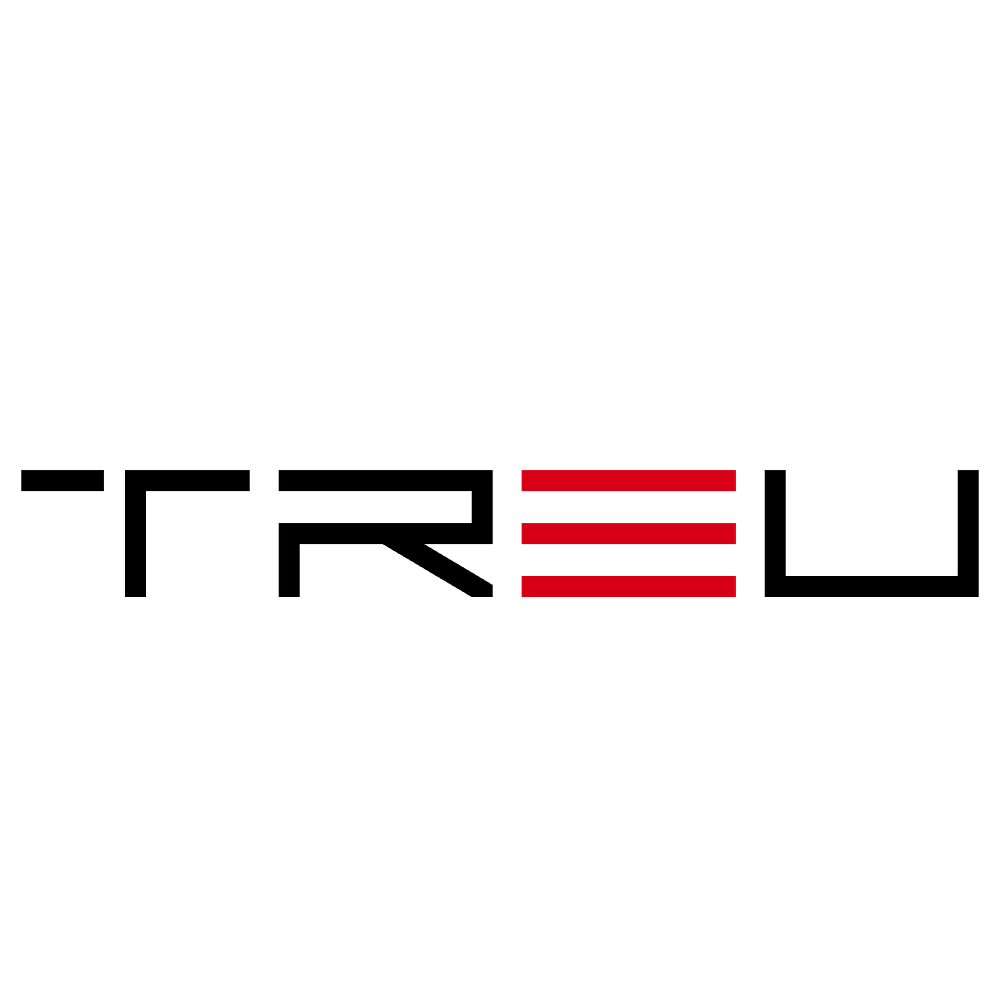Top Supply Chain Trends for 2025 Driving Industry Transformation
The supply chain landscape is rapidly evolving, shaped by technological advancements, geopolitical shifts, and changing consumer expectations. Staying ahead of emerging trends is crucial for businesses aiming to enhance efficiency, resilience, and sustainability this year and beyond.
In this article, we explore the most significant supply chain trends that will define the industry in 2025 and beyond.
1. AI and Automation Revolutionizing Supply Chain Operations
Artificial intelligence (AI) and automation are no longer future concepts—they are transforming supply chains today. In 2025, we can expect a broader adoption of these technologies, leading to:
- Enhanced Predictive Analytics: AI-driven analytics will improve demand forecasting, reducing waste and ensuring optimal inventory levels.
- Automation in Warehousing: Robotics and AI-powered automation will increase efficiency in warehouses, streamlining order fulfillment and reducing human error.
- AI-Powered Risk Assessment: AI will help businesses identify supply chain vulnerabilities, allowing for proactive risk management.
Companies investing in AI and automation will enjoy smoother, more agile operations and improved decision-making capabilities.
2. Supply Chain Resilience: A Top Priority
The disruptions caused by recent global events have highlighted the need for resilient supply chains. This year, businesses will focus on:
- Nearshoring and Regionalization: Companies will move production and sourcing closer to home to reduce reliance on distant suppliers and mitigate risks.
- Multi-Supplier Strategies: Overreliance on a single supplier will be replaced by diversified sourcing to ensure continuity in case of disruptions.
- Risk Management Technologies: Advanced supply chain monitoring tools will help identify real-time risks, enabling faster responses to potential disruptions.
A resilient supply chain will be key to maintaining business continuity and customer satisfaction in an increasingly unpredictable world.
3. Sustainability and Green Supply Chains
Sustainability initiatives are no longer optional—they are becoming an industry standard. By 2025, companies will adopt greener supply chain strategies, including:
- Eco-Friendly Packaging: Businesses will continue reducing their carbon footprint by using biodegradable and recyclable packaging materials.
- Carbon Footprint Tracking: Advanced tracking tools will allow companies to monitor and minimize emissions across their supply chains.
- Green Logistics: Electric and hydrogen-powered transportation fleets will gain traction, with companies seeking carbon-neutral delivery solutions.
Consumers are prioritizing eco-conscious brands, making sustainability an important competitive advantage.
4. Digital Twin Technology Enhancing Visibility
Digital twin technology—virtual replicas of physical supply chains—will become mainstream in 2025, providing businesses with:
- End-to-End Visibility: Companies can monitor their supply chain in real time, improving efficiency and problem-solving.
- Scenario Planning: Digital twins allow businesses to simulate different scenarios, determining the best course of action in case of disruptions.
- Optimized Logistics: Predictive modeling will help organizations streamline operations and reduce costs.
With digital twin technology, businesses will gain a 360-degree view of their supply chains, ensuring greater adaptability and resilience.
5. Increased Use of Blockchain for Transparency
Blockchain is transforming supply chain management by enhancing security and transparency. Its adoption will rapidly accelerate due to its ability to:
- Prevent Counterfeiting: Blockchain’s immutable ledger will verify product authenticity, reducing counterfeits in industries like pharmaceuticals and luxury goods.
- Improve Traceability: Businesses will have real-time access to product journey information, fostering trust among consumers.
- Streamline Compliance: Automated smart contracts will ensure regulatory compliance, reducing paperwork and manual processes.
Incorporating blockchain will enhance visibility, reduce fraud, and create more secure supply chains.
6. The Rise of Circular Supply Chains
Traditional supply chains focus on a linear “take-make-dispose” model. This year more companies will shift to circular supply chains, which emphasize:
- Product Lifecycle Extension: Companies will design products with refurbishment and reuse in mind, reducing waste.
- Reverse Logistics Optimization: Improved product returns and recycling processes will benefit both businesses and the environment.
- Material Recovery: Organizations will repurpose components from old products, reducing their reliance on virgin materials.
This shift not only benefits sustainability efforts but also reduces operational costs through waste minimization.
7. Smart Warehousing and IoT-Driven Supply Chains
The Internet of Things (IoT) will play a central role in supply chains by driving improvements in:
- Real-Time Inventory Management: IoT-enabled sensors will provide accurate, up-to-the-minute stock levels, improving warehouse efficiency.
- Improved Fleet Tracking: Connected devices will enhance visibility into fleet performance, optimizing delivery routes.
- Preventive Maintenance: IoT will allow predictive maintenance of warehouse machinery, reducing downtime and unexpected failures.
IoT integration will make supply chains more connected, intelligent, and responsive.
8. Collaborative Supply Chain Ecosystems
As businesses recognize the power of strategic partnerships, supply chain ecosystems will become more collaborative. This shift will include:
- Data Sharing Among Stakeholders: Companies will leverage shared data for better forecasting and supply chain coordination.
- Industry Partnerships: Competitors may collaborate on logistics, reducing transportation costs and optimizing delivery times.
- Improved Supplier Collaboration: Transparency and real-time data exchange between suppliers and businesses will enhance overall efficiency.
By fostering collaboration, businesses can reduce costs and overcome industry-wide challenges more effectively.
Final Thoughts: Preparing for the Supply Chain Future
As we progress through this year, the supply chain industry is set for transformative change. Businesses that embrace AI, automation, sustainability, blockchain, and digital twins will gain a competitive edge in an increasingly complex marketplace.
To stay ahead, companies must:
- Invest in technology to enhance visibility and efficiency.
- Build resilient supply chains to navigate disruption.
- Adopt sustainable practices for long-term success.
- Enhance collaboration for optimized supply chain performance.
By proactively embracing these trends, enterprises can transform challenges into opportunities and position themselves at the forefront of the evolving supply chain landscape in 2025 and beyond.

